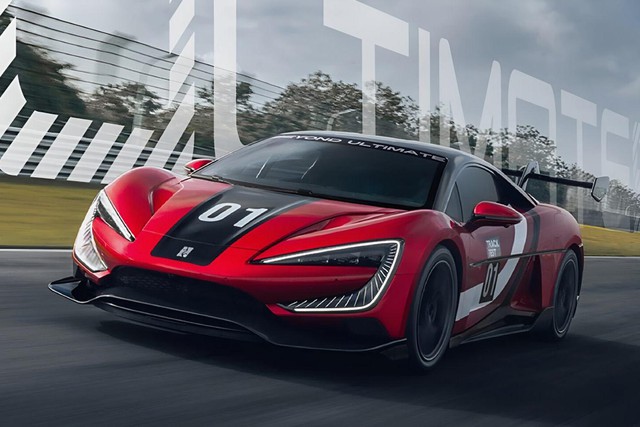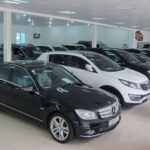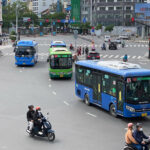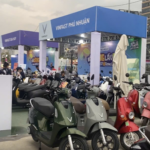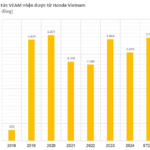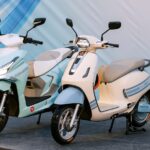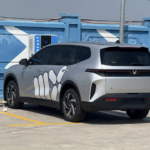Mate Rimac, the founder and CEO of Rimac Automobili, as well as the CEO of Bugatti Automobiles, has recently raised questions about the astonishing specifications of the YangWang U9 Track Edition produced by BYD. According to China’s Ministry of Industry and Information Technology (MIIT), this vehicle boasts an impressive 2,977 horsepower.
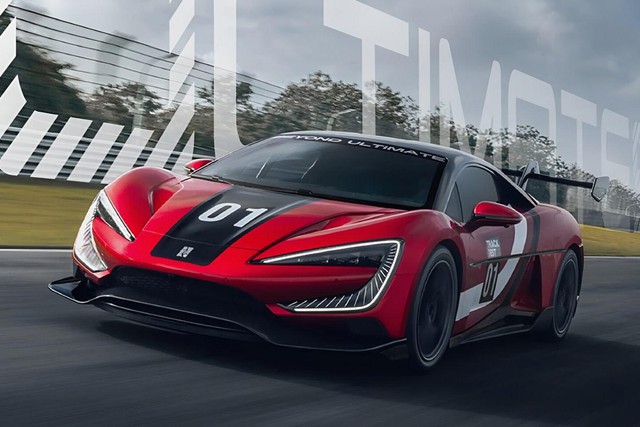
BYD Yangwang U9 Track Edition
Rimac argues that the commonly used LFP batteries in Chinese electric vehicles would struggle to achieve the necessary discharge rate (20 C) to deliver over 2 megawatts of instantaneous power. Even the Nevera R, the current fastest electric hypercar with high-performance batteries, can only reach approximately 1.5 MW (equivalent to 2,107 horsepower) and briefly touches the 2 MW mark.
He also cautions that adding nearly 1,000 horsepower would make it challenging to transmit all that power to the road until the vehicle reaches speeds above 240 km/h.
Furthermore, Rimac emphasizes that peak power is just a number on paper; the true test lies in how the power is sustained and controlled during operation.
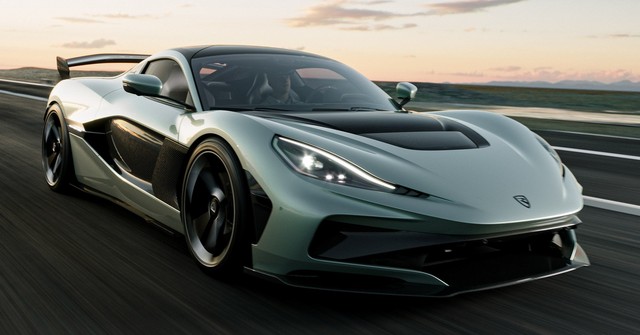
Rimac Nevera R
These statements carry weight as Rimac’s Nevera R currently holds 24 global performance records, including accelerating from 0–400 km/h and back to 0 in just 25.79 seconds, and a top speed of 431 km/h—the highest ever achieved by a production electric vehicle. Previously, the standard Nevera also impressed with a top speed of 412 km/h, earning it the title of the world’s fastest commercial electric vehicle in 2022.
Given these proven track records, Mate Rimac believes that BYD will need to demonstrate the feasibility of their 3,000-horsepower claim to convince the high-performance automotive community.
Embrace Eco-Friendly Transport: Ho Chi Minh City Introduces 72 New Bus Routes and 8,000 Public Bicycles
Alongside the low-emission zone initiatives and incentives for switching to electric vehicles, the Ho Chi Minh City transport emissions control scheme aims to aggressively expand its electric bus fleet and develop a public bicycle system.
Electric Vehicle Revolution: Empowering Ho Chi Minh City’s Transition to a Greener Future
The electric vehicle revolution is here, and it’s time for businesses to step up. We’re calling on manufacturers, infrastructure developers, ride-sharing platforms, and banks to join the movement and support the transition to electric cars. It’s not just about the environment; it’s about staying ahead of the curve and meeting the evolving needs of customers and drivers.
A Business Receives Over $1.6 Billion in Dividends from Honda as Hanoi Prepares to Phase Out Gasoline Cars.
As of the first half of 2025, VEAM’s net revenue surpassed 2.087 trillion, while their net profit reached an impressive 3.410 trillion VND. This remarkable achievement can be largely attributed to the significant contribution of their joint venture and associate companies, which accounted for nearly 3.069 trillion VND in profits.
The Golden Opportunity: Embracing the Electric Vehicle Revolution by 2026
“The shift towards ‘green’ transportation is an irreversible trend in Vietnam. Seizing the initiative to embrace this change will benefit the people, with both the government and businesses working together to make it a reality.”

























